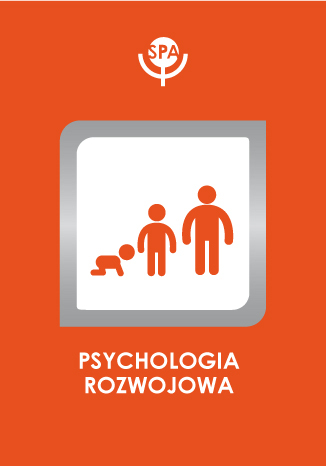Array
(
[id] => 28
[date] => 2014-02-20
[doi] => 10.14691/CPPJ.20.2.199
[title] => Image of God and the father among adolescent boys
[title_en] => Image of God and the father among adolescent boys
[authors] => Wioletta Radziwiłłowicz, Michał Tracz
[abstract] => The aim of the study was to analyze the relations between the image of a father and his parental attitudes and the image of God among adolescent boys. The principal assumptions of object relations theory and attachment theory and analysis was carried out in specifi c groups of adolescents: A group of boys from the resocialization Salesian Education Centre, and a group of boys studying in Salesian Secondary School (Catholic school). In total, 61 boys aged from 14 to 19 years (M=16.46, SD=1.1) were examined. Methods of the study: The Parent-Child Relations Questionnaire (Roe & Siegelman), God Image Questionnaire (Lawrence), Measurement of Religious Concepts (Gorsuch, 1968), Scale of God Loving and Control (Benson & Spilka). The boys from the Education Centre compared with the boys from the Secondary School perceived their father as less loving and more controlling. Father’s dominating parental attitudes were: high attitude of rejecting and low attitude of loving. The image of God in both groups did not differ signifi cantly. He was seen as a loving one and the boys from the Secondary School saw him as more controlling and omnipotent than the boys from the Education Centre. The boys from the Education Centre perceive God as less distant and fearful than their own father, whereas the boys from the Secondary School conversely, as more distant and fearful. Relations that were revealed between the image of a father and the image of God, were connected with father’s demanding attitude and perception of God as accepting, present, posing challenges for the boys from the Secondary School. For the boys from the Education Centre, the more rejecting the father was, the more God was seen as less omnipotent. These results partially confi rm the compensation model (the boys from the Education Centre) and the correspondence model (the boys from the Secondary School).
[abstract_en] => The aim of the study was to analyze the relations between the image of a father and his parental attitudes and the image of God among adolescent boys. The principal assumptions of object relations theory and attachment theory and analysis was carried out in specifi c groups of adolescents: A group of boys from the resocialization Salesian Education Centre, and a group of boys studying in Salesian Secondary School (Catholic school). In total, 61 boys aged from 14 to 19 years (M=16.46, SD=1.1) were examined. Methods of the study: The Parent-Child Relations Questionnaire (Roe & Siegelman), God Image Questionnaire (Lawrence), Measurement of Religious Concepts (Gorsuch, 1968), Scale of God Loving and Control (Benson & Spilka). The boys from the Education Centre compared with the boys from the Secondary School perceived their father as less loving and more controlling. Father’s dominating parental attitudes were: high attitude of rejecting and low attitude of loving. The image of God in both groups did not differ signifi cantly. He was seen as a loving one and the boys from the Secondary School saw him as more controlling and omnipotent than the boys from the Education Centre. The boys from the Education Centre perceive God as less distant and fearful than their own father, whereas the boys from the Secondary School conversely, as more distant and fearful. Relations that were revealed between the image of a father and the image of God, were connected with father’s demanding attitude and perception of God as accepting, present, posing challenges for the boys from the Secondary School. For the boys from the Education Centre, the more rejecting the father was, the more God was seen as less omnipotent. These results partially confi rm the compensation model (the boys from the Education Centre) and the correspondence model (the boys from the Secondary School).
[keywords] => Father’s image, God image, adolescence, attachment theory, object relations theory
[keywords_en] => Father’s image, God image, adolescence, attachment theory, object relations theory
[file_path] => /files/articles/2014-20-image-of-god-and-the-father-among-adolescent-boys.pdf
[okladka] => psychologia_rozwojowa.jpg
[rocznik] => Rocznik: 2014 Tom: 20 Numer: 2
[strony] =>
)










 Pobierz pełny tekst
Pobierz pełny tekst



